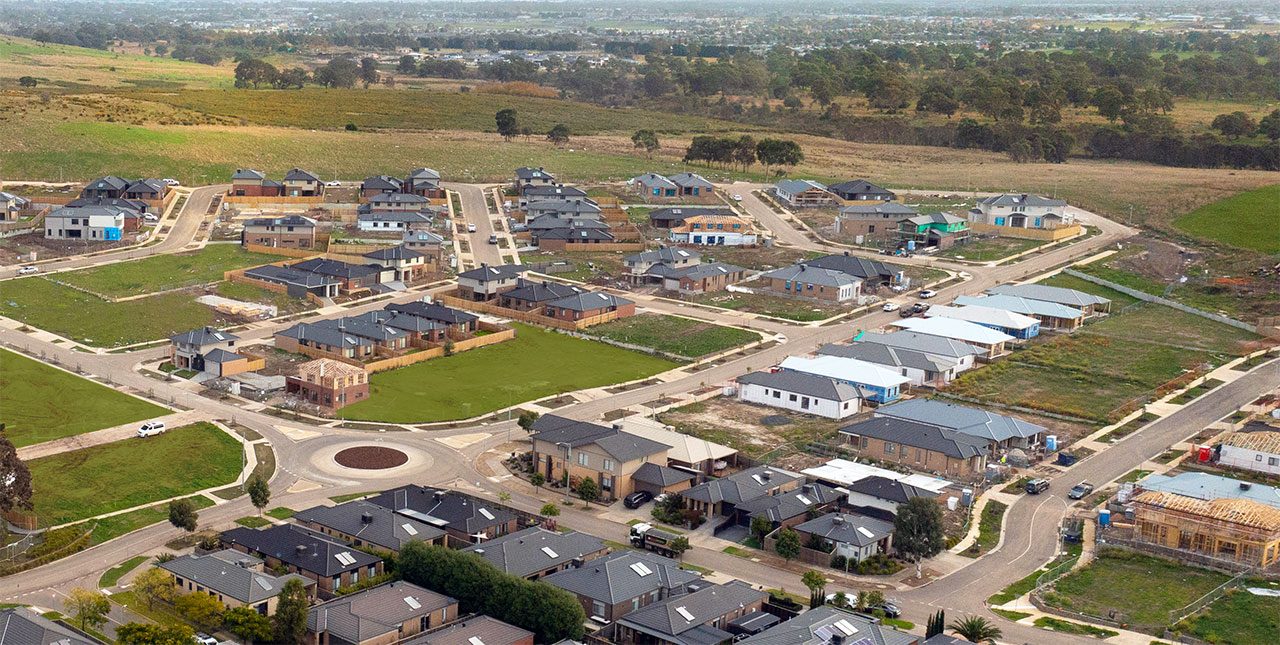This article is from the Australian Property Journal archive
BUILDING approvals lifted by 5.5% in May, but builders warn the nation is still on track to fall well short of the 1.2 million homes targeted in national cabinet’s now up-and-running National Housing Accord.
Australian Bureau of Statistics data showed total detached house building approvals rose month-on-month by 2.1% to 9,163, and apartments and townhouse approvals increased 16.3% to 4,858, albeit nearly 32% lower than a year earlier.
Total approvals are running 8.5% lower in annual terms. In the year to May, just 164,000 new homes were given the green light. That National Housing Accord aims to deliver 240,000 homes per year over five years.
“Despite some recent improvement, we are obviously still tracking well below target,” said Maree Kilroy, senior economist for Oxford Economics Australia.
From the January low point, dwelling approvals have gained every month since. Kilroy said that worst has passed for house approvals, but there are still question marks to whether apartments have troughed.
“Momentum is set to gain in 2025 with the pass through of interest rate cuts and policy support at both the federal and state government levels”
The National Housing Accord officially kicked off on Monday as the government’s flagship program to boost supply and tackle the national housing crisis. The target of 1.2 million “well-located” homes has been considered farfetched by analysts, as well as by the Albanese government’s own National Housing Supply and Affordability Council, given chronic labour shortages and high materials costs in the construction industry, and high interest rates and planning red tape.
HIA chief economist Tim Reardon said the low approvals numbers indicated a “slow start” the National Housing Accord.
“Addressing tax, planning, land and regulatory constraints will be necessary to increasing the supply of homes in Australia,” he said.
The National Housing Supply and Affordability Council has forecast a shortfall of nearly 300,000 homes for the Accord. Master Builders Australia’s chief economist Shane Garrett noted that if new home building levels remain at the current low level, the nation will only manage to build 820,000 homes over the next five years, a shortfall of around 380,000.
The organisation’s CEO, Denita Wawn, said governments have had over 600 days to align all policy levers and help put the industry in the best possible position, and that “while there’s been some progress at a state and federal level, particularly in the housing portfolios, it has simply not been fast enough or is being undermined by other policies”.
“Simply put, investment in new home building does not stack up without further reform.”
She took a swipe at the influential CFMEU.
“We need to build a significant amount of higher-density homes, particularly to relieve the pressure on the rental market, but the builders who are relied upon to deliver these projects are now hamstrung by restrictive CFMEU pattern enterprise bargaining agreements,” Wawn said.
“Industrial relations laws, worker shortages, slow planning approvals, a lack of critical infrastructure, high developer taxes and charges, and licensing delays all add to the cost and time it takes to build.”
The difficulties conditions in the construction sector were outlined further this week by materials prices data from Altus Group showing increases for concrete, steel, plasterboard, brick and copper pipe in the early running of 2024.
In the short-term, Altus is forecasting plasterboard, bricks and diesel to increase. Niall McSweeney, cost and project management, Asia Pacific at Altus said the group expects that once building approvals pick up again, early-stage materials like concrete, steel and timber would be in high demand, which could lead to an increase in supply prices.
Meanwhile, BuildSkills Australia estimates the country faces the impossible task of finding 90,000 extra tradies to meet the Accord target. Fresh data from the National Centre for Vocational Education and Research shows building and construction apprenticeship numbers have plummeted by a further 22%.
May’s federal budget included a $91 million investment to increase the building and construction workforce numbers.




